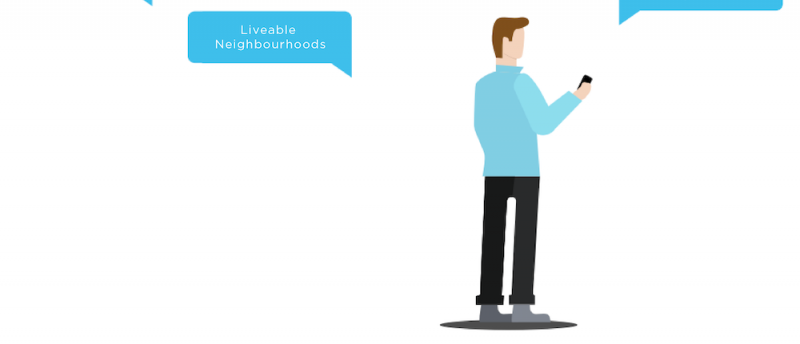Brands as diverse as Amazon and Marriott have transformed themselves into customer-led businesses over the past several years. That’s a trend, as providing powerful, seamless customer experiences across touchpoints is now the primary goal of private enterprises.
Taking notice of increasing consumer expectations, government agencies are following suit, resolving to focus on citizen experiences to build transparency, accountability and trust in government services.
A low-code automation platform can help bridge that gap by giving agencies the ability to build powerful, scalable and secure enterprise applications without requiring massive engineering resources.
Here are five ways government agencies can use low-code automation to enhance the citizen experience:
- Improve data quality: Government is very efficient when everything goes right. File your paperwork on time with the right department, and you can reasonably expect no issues with filing taxes or applying for a government-backed loan. But when forms and documents are incorrect, processing times increase. Low-code automation, powered by artificial intelligence (AI) and machine learning (ML), can prevent errors and mitigate bottlenecks.
- Increase adoption: People who are skeptical of the government have likely had a bad experience at some point: a long wait for a passport, a social security error, license and permit application delays. Self-service portals and mobile apps enable citizens and businesses submit applications online 24 hours a day, seven days a week, and 365 days a year from their computers and mobile devices.
- Provide accountability: Many citizens don’t think they can interact with a bureaucratic organization. However, a superior online experience can counteract this perception and build citizen and business trust. Low-code breaks down barriers and provides transparency into government processes and how taxpayer money is spent.
- Streamline support: The private sector has thrown massive amounts of resources at improving services and support for consumers through automated call centers and chatbots. Federal agencies can piggyback on these innovations cost-effectively with low-code platforms. Agencies can set up these tools and integrate them into existing workflows and systems, ensuring citizens get their desired outcome faster.
- Provide flexibility: Government policies change all the time. Legislation is passed. Executive orders are passed down. Regulations are promulgated. However, it may take time to update publicly available information and adapt existing processes to address these changes. Low-code can improve citizen experiences by adapting these changes quickly and seamlessly. That way, when a policy is changed, information and processes can be updated quickly, making sure citizens are getting the experience they deserve.
Citizen experience is critical for federal agencies looking to make government work. Low-code automation is the way government managers can improve customer experience quickly and securely —ensuring that citizens get their desired outcome. The result? Restored trust in government. Stay tuned in the next several weeks as I dive into each of these use cases with more practical information and best practices.
You may also be interested in “HOW EMPLOYEES OF DIFFERENT GENERATIONS VIEW CITIZEN ENGAGEMENT” and “UNIFYING THE CITIZEN EXPERIENCE ACROSS DIVIDED AGENCIES.”
Interested in becoming a Featured Contributor? Email topics you’re interested in covering for GovLoop to featuredcontributors@govloop.com. And to read more from our Winter 2021 Cohort, here is a full list of every Featured Contributor during this cohort.
Jason Adolf is Industry Vice President, Global Public Sector for Appian, an enterprise low-code automation platform.





Leave a Reply
You must be logged in to post a comment.